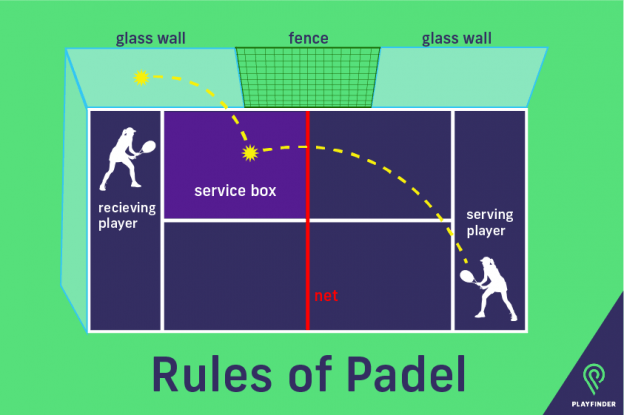Football Boots Guide | 3G Astroturf, 2G, Grass, Indoor
10 August 2018 • By - Emilie Adib
Read time 4 minutes
What football boots are best for 3G astroturf, 2G astroturf, grass and indoor pitches? It’s hard enough picking football boots as it is without considering all the different surface types out there. Whether this is your first time playing on astroturf, or you haven’t played for a while and need to update your boots, this guide is for you.
Before we get into the different types of boots, if you’re unsure on the difference between 2G, 3G, or even 4G astroturf, check out our handy astroturf guide.
Which football boots are best for each playing surface?

Artificial Grass (AG) Boots
Artificial grass boots were literally created with 3G astroturf pitches in mind. What’s 3G astroturf? It’s a type of artificial grass pitch with a rubber crumb, which makes it shock-absorbent and suitable for play all-year round.
The boots provide great grip on the surface without ruining the turf, and the hollowed out studs also cushion the impact of running on 3G.
How to spot them: Artificial grass boots have round, plastic studs that are slightly shorter than those of moulded boots. They should also have ‘Artifical Grass’ or ‘AG’ in the name.
Best for: 3G astroturf
Don’t use on: Grass – while the grip is perfect for 3G, this type of football boot is no match for a grass pitch, whether soft or hard. You’ll spend more time slipping over than playing.
Astroturf Trainers
Astroturf, or simply ‘Turf’, trainers are made for 2G astroturf pitches. That means any sand-based or water-based artificial grass pitch.
The trainers can also be used on 3G pitches, but as they don’t offer as much grip as the AG boot, they’re much better suited to 2G. If you’re looking for a football boot that works on multiple astroturf surfaces, then this is the one for you.
How to spot them: You can identify an astroturf trainer by its multitude of small rubber studs. Not to be confused with indoor trainers which we’ll hear more about later on.
Best for: 2G astroturf. Also suitable for 3G, but not all pitch owners will allow them so check before you play.
Don’t use on: Grass – like with artificial grass boots, astroturf trainers don’t have the grip for grass. While they can be used indoors, they’re not ideal as they don’t quite have the grip to compete with an indoor trainer.
Indoor Trainers
As I’m sure you can guess, indoor trainers are meant to be used indoors. More specifically, on a sports hall-type surface. They’re also great for playing futsal if that’s your thing.
How to spot them: What makes indoor trainers different from the others on this list are their flat soles. They come in many varieties, but popular versions often look exactly like your standard football boots, just with flat soles.
Best for: Indoor
Don’t use on: Literally any other surface – the flat, grooved soles give perfect grip when indoors, but on grass or astroturf, the grip is non-existent. Good luck staying on your feet for more than 5 seconds, let alone kicking the ball.
Firm Ground Boots (FG)
When it comes to a natural surface like grass, conditions can be hard to predict. If the ground is hard and dry, you’ll want firm ground (moulded) boots.
How to spot them: The studs on moulded football boots can come in all shapes and sizes, but they’re usually made from plastic or rubber and come with more studs than the six found on soft ground boots.
Best for: Firm, natural grass pitches. They’ll also be accepted on some 3G pitches, but check before you play.
Don’t use on: Indoor/2G – They don’t have nearly enough grip for indoor pitches, and playing on such a hard surface will take its toll on your knees. A 2G pitch will scuff up your boots and your boots will probably scuff up the pitch, it’s lose-lose.
Soft Ground Boots (SG)
Soft ground boots are most at home on a muddy natural grass pitch and come with either studs or blades. As the only football boot able to truly maintain the grip needed on that surface, they’re pretty much essential during the winter months of a Sunday League season.
How to spot them: Traditional soft ground boots are characterised by their six round, usually metal, studs. These days, they’re often complimented with moulded plastic studs for extra grip, though these aren’t essential. SG boots can also have metal ‘blades’ on the sole rather than studs, and while this is popular choice in terms of grip performance, safety concerns mean that bladed boots are often banned from certain pitches.
Best for: Soft, and/or damp, natural grass pitches.
Don’t use on: Any other surface – They’re too solid for a firm grass pitch and won’t be allowed within 5 feet of an astroturf pitch. It’s just not worth it.
Now you know which boots you need, it’s time to find a pitch to try them out on! Head to Playfinder to find and book a football pitch near you in London, Manchester, Brighton, and Dublin.




